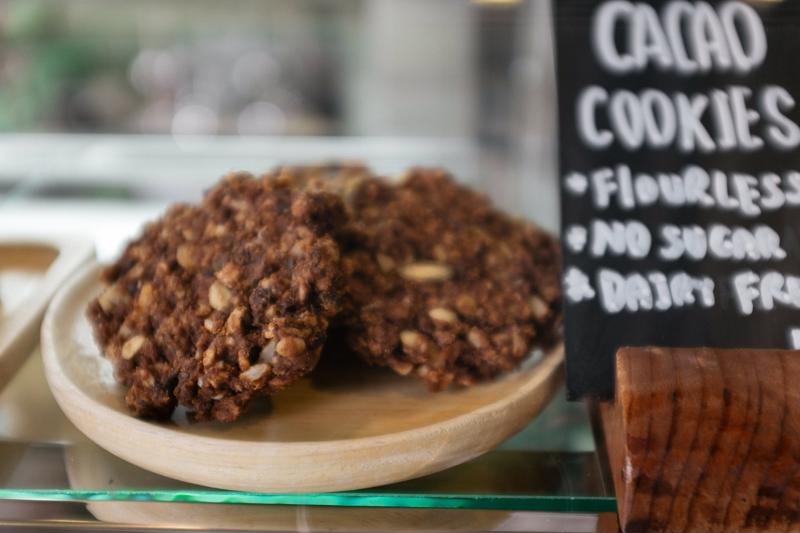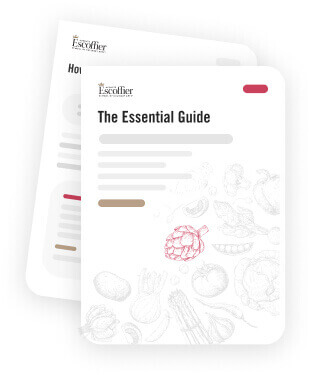The greatest part about dessert is the shared enjoyment among friends and family in a sweet, delicious, after-dinner treat. That’s why one of the best and most thoughtful things a restaurant owner can do is include some healthier dessert items on the menu for people who either prefer, or need, to steer clear of over-indulgent confections. Boulder culinary students who are interested in accommodating a wider range of dietary needs can learn a thing or two from these relatively healthy dessert inspirations.
Desserts with healthier ingredients
Plenty of unique recipes exist for patrons that are mainly interested in eating food that attempts to use healthier ingredients in new and exciting ways. For example, this dark-chocolate avocado mousse recipe from Well Plated leaves nothing to be desired in terms of texture, flavor or ease of execution. Fresh avocado is processed with unsweetened cocoa powder, dairy-free chocolate chips (you can control the amount to taste and desired level of healthiness), almond milk, vanilla extract and just a touch of salt. Once chilled, top the mousse off with raspberry or unsweetened coconut flakes, and serve. As a plus, this recipe is dairy and gluten free.
Another apt example of introducing new ingredients to classic confections is this recipe for sweet-potato brownies from Running With Spoons. Dairy-free, oil-free, grain-free, refined sugar-free brownies? They do exist! And again, this only one example of how our classic notion of desserts can be challenged through the introduction of unconventional ingredients. Ever hear of dark chocolate chickpea brownies? They’re also a thing, courtesy of The Roasted Root. Don’t be afraid to take an outside-the-box approach to your dessert creations.
 Cacao oatmeal cookies are a healthy but delicious alternative to the classic chocolate-chip cookie.
Cacao oatmeal cookies are a healthy but delicious alternative to the classic chocolate-chip cookie.No added sugar desserts
Fruit is your best best friend when you’re trying to create no added sugar desserts, and in particular, peaches, cherries, berries, kiwis, apples, pears and oranges. Why? Because these fruits contain diabetes-friendly nutrients, according to Everyday Health. Consider creating a low-sugar peach-berry cobbler, like this one from Eating Well. Another in-season baked good is a no sugar added apple tart, courtesy of Jennifer Tyler Lee, which derives much of its sweetness from apples, cinnamon and lemon juice. Alternatively, you can ditch the carbs altogether in favor of a fruit-salad creation.
If you prefer to go with a classic baked good, consider carrot cake your new best friend. The concept of a healthy cupcake certainly sounds counter-intuitive, but this carrot cake cupcake recipe from Chocolate Covered Katie defies all logic: It’s vegan, high-fiber, gluten free, sugar free (use xylitol instead of sugar) and delicious. Oats are another fantastic ingredient to use in desserts with a lower-than-usual sugar content. Consider baking cacao or cocoa oatmeal cookies, or peanut butter oatmeal cookies, to accompany your otherwise sugar-laden snackables – your customers will thank you for it.
Low-calorie desserts
There are tons of low-calorie and low-fat dessert options out there for calorie counters. For example, if you’re serving an ice cream treat, why not present the option to swap in sherbet or sorbet? Offer an angel-food dish topped with cream and berries to customers who crave something baked but not too heavy. Whip up these delicious, lightweight berry phyllo tarts from Diabetic Living Magazine, which combine yogurt and fresh fruit into a crunchy shell for something as sweet as it is simple.
Alternatively, look to other cultures to inspire some lightweight dessert options. Puerto Rican meringue cookies, for instance, are simple, light and delicious. Borrow inspiration from this Cretan cinnamon walnut apple cake baked with olive oil, courtesy of Mediterranean Living. As long as you’re looking for them, there’s no shortage of healthy desserts that taste unhealthy.


